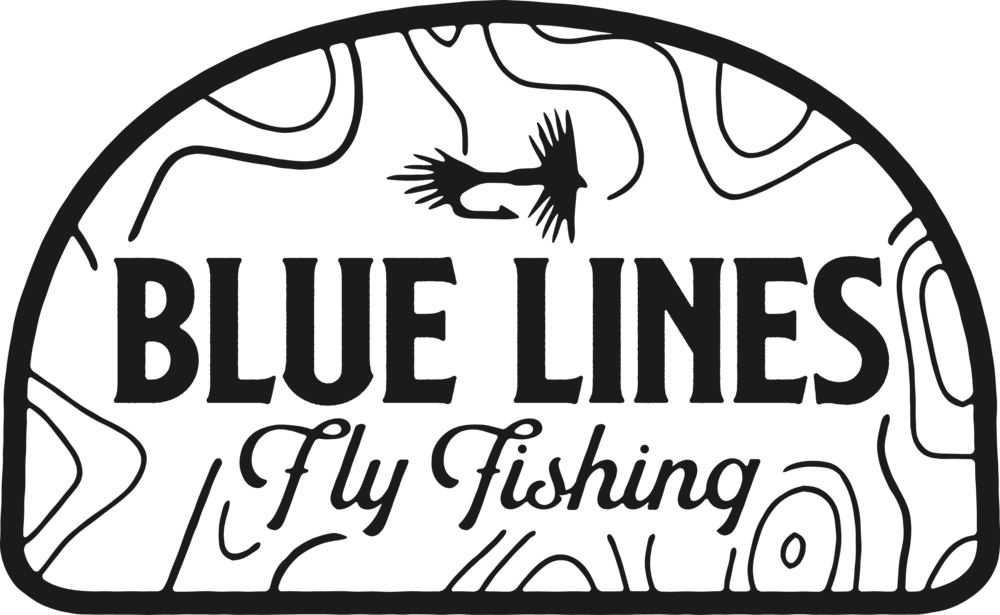By Sam Larson
I have a life-long fascination with high-quality tools. My grandfather is a Depression-era farm boy, raised outside of Tulsa, Oklahoma. From building his own crystal radios and dismantling broken machines as a young pup he came rather naturally into the world of engineering, machining, DIY, electrical work, and all before it was cool. It was just something that moved out of him, naturally, like breathing. He also refuses to treat children like children, so once I was old enough I was steered onto a stool in front of his workbench and handed a screwdriver.
This early exposure led to a lot of things. A desire to tinker and build, a willingness to take my stuff apart even when I didn’t think I could get it back together, and the earnest belief that, yes, I could likely fix it given the time. We’ll gloss over whether it always worked out that way, but the spirit of the thing always stayed strong.
My obsession with tools led me to my first career as a bike mechanic. I’ll admit now, years after the fact, that I lied in my job interview. I had no idea what I was doing and I had no experience, professional or otherwise, that would enable me to even begin what I would come to learn was the monumental and never-ceasing task of repairing bicycles in Oakland, CA. But I lied and fast talked and thought I was clever when I landed the job. I loved it, even when I spent almost every night for the next six months searching bicycle repair forums in a desperate attempt to figure out how to un-fuck what I had broken that day at work. As I moved up the ladder, from part-time, to full time wrench, and then to service manager, two things stayed the same: the parade of rusty, broken, neglected, hard-worn bikes that the streets of Oakland continued to grind into a powder, and the tools.
When you work on bikes at a high level there’s a wealth of specialized gear, tools that do one thing and one thing only, and God help you if you don’t have it when you need it. There is something deeply satisfying about a hand-machined tool that does something very, very well. Well-made tools, built and designed by people who are going to actually use them to do something of value, are a joy, an utter and absolute joy, to hold and to use.
My first fly tying vise came from a kit. It was terrible. I bought it, even knowing that I would hate it, because at the time, when my life felt like it was falling apart and things around me were lacking in sense, I needed something to grab ahold of. I’ve always fallen back on using my hands to get through the hard times. Fixing bikes, writing, fishing, building things for myself; any one of these could have pulled me through that patch but I chose tying flies. The vise was rough, with blunt, rounded jaws that were notched and pitted from the casting process and coarse adjustment threads that made holding onto any hook smaller than a size 10 a crap shoot. It had a terrible clamp mount that quickly marred the edge of my dining room table so I made myself a base from scrap lumber. It worked, but within a few months I was shopping again.
I purchased an EZ Rotary Vise from Bass Pro Shops. I would call this my first real vise. I loved the rotary function and it held hooks better than anything I had seen so far. However, I wore it out in less than six months. The rotary function developed slop, the pedestal base refused to hold the vise steady, and the tension adjustment knobs, aluminum threads in steel jaws, began to strip. Around this time I started to look for what I kept telling myself would be The Last Vise, the vise that I would splurge on and then never look back, the vise that I would doubtless will to my as-yet unborn children, whether they followed in my fishy footsteps or not.
The internet has a wealth of knowledge, most of it nonsensical, competing, contentious, and outright wrong. This is true whether you’re looking for political opinion or fly tying vises. But after a long search I chose the Peak Fishing Rotary Vise. My initial reasons were as simple as the fact that it was made in Colorado, right up the highway from my house, and that I could likely go up there and hassle the guys if anything ever went wrong with it. Eighteen months later and I haven’t had reason to make that drive or regret my decision. It is reassuringly solid, with clean, no-nonsense lines and accurate machining. The jaws are fantastic, easily adjustable, and have never let a hook slip. The rotary shaft is smooth, locks quickly into place, and has no discernible slop or play. And the base is an intimidatingly solid piece of plate steel that doesn’t rock when I yank on a length of 3/0 thread. While it lacks some of the flash and fancy aesthetic of a Renzetti or Dyna-King vise I appreciate that everything on the Peak is there for a reason. There is no wasted material, not extra filigree or fiddly bits, and no bullshit. It’s a vise that has been analyzed and built to do just one thing well: hold hooks so you can tie flies. Would I tie better flies or enjoy the act of tying more if I owned a $300 vise? I don’t know. Since the Peak vise doesn’t seem like it will be wearing out any time soon, I don’t know that I’ll have a chance to find out. Which, when I think about it, is totally fine. I went shopping for The Last Vise and I found it.

